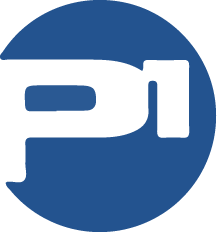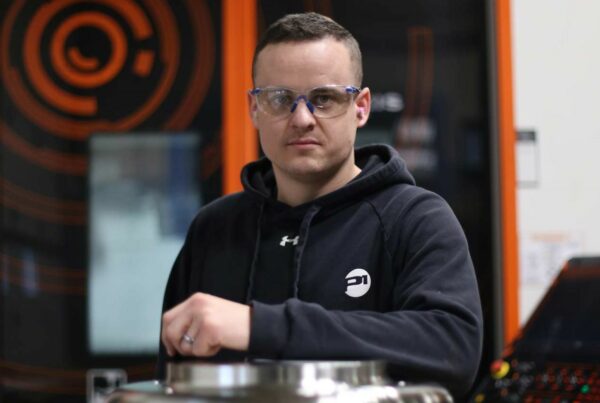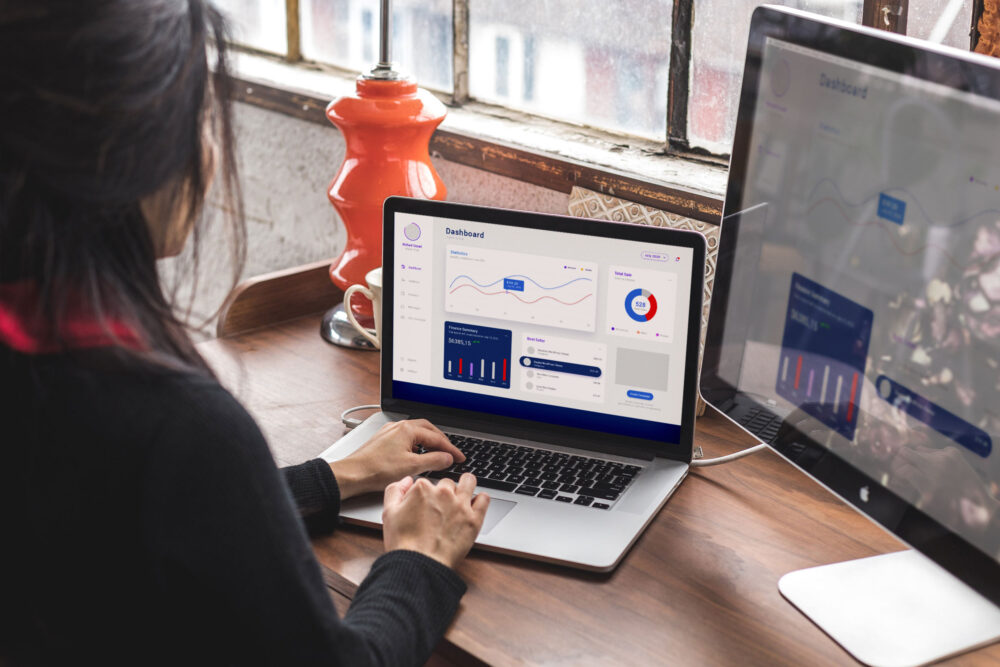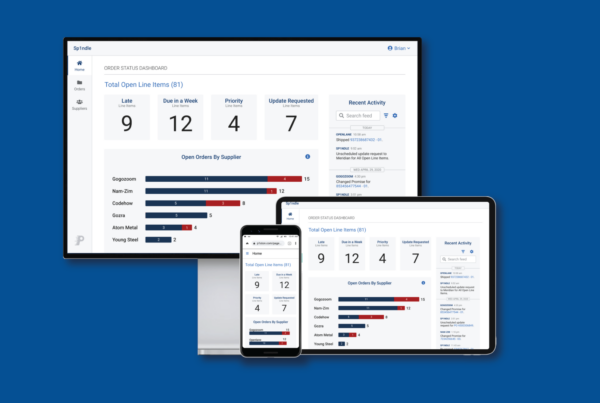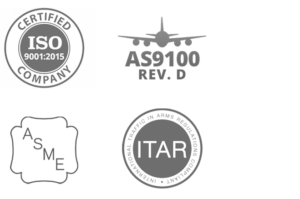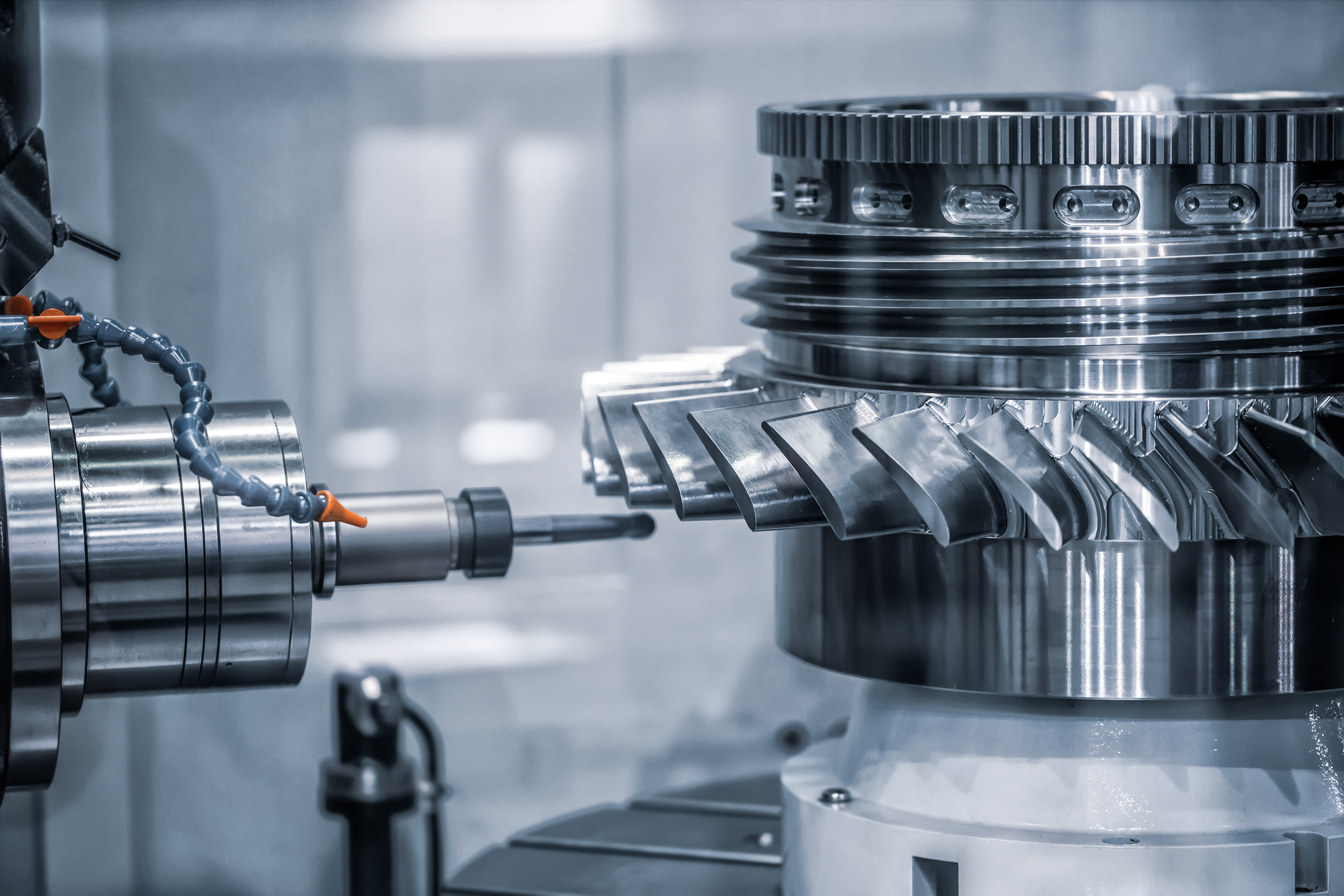
CNC Machining at P1 Manufacturing
P1 Manufacturing utilizes a multitude of CNC machines, from lathes, to mills, to routers, to 5-axis. Thanks to this variety, we’re able to create most custom parts our customers require. We thought it would be interesting and helpful to explain what CNC machining is, how CNC Machines are used and what their benefits are.
What is CNC Machining?
A CNC (Computer Numerical Control) machine is a computer-controlled manufacturing tool that can be used to perform a wide range of tasks, including cutting, drilling, milling, and shaping raw materials such as metal, wood, and plastic. The machine is programmed to move the cutting tool along multiple axes, which allows it to create precise and complex shapes with a high degree of accuracy and repeatability.
CNC machines have revolutionized the manufacturing industry by making it possible to produce parts and components with greater speed, precision, and efficiency than traditional manual methods. These machines are commonly used in a variety of industries, including aerospace, automotive, medical, and consumer goods manufacturing. Some common types of CNC machines include CNC milling machines, CNC lathes, CNC routers, and CNC plasma cutters. The process can be done on either a single axis or multiple axes, depending on the type of machine used.
The main components of a CNC machine include:
- The controller. This is the electronic brain that controls all other components in your CNC machine. It receives instructions from your CAD program (computer aided design) and translates them into actions for each component of your part being made. For example, if you want to mill out an object with holes at certain locations on its surface, then those locations will be programmed into the controller, so it knows where they are supposed to go when they’re finished cutting through whatever material has been placed inside its workspace area.
- Spindle motors. These motors spin up rotary shafts which contain cutters such as end mills or drill bits that can be lowered down onto surfaces below them so they can remove material away from those.
What is a 5-Axis CNC Machine?
A 5-axis CNC machine is a computer-controlled machine tool that has five axes of movement. These axes are the X, Y, Z and A rotary axis (often called a “spindle”) and an additional rotary axis called B.
The benefits of using these types of machines are numerous: they can produce parts with greater accuracy than traditional machining methods; they reduce waste by allowing you to create complex shapes in one piece rather than having multiple pieces that must be assembled together; they able to handle more complex geometries than other machines; and they can also be used for milling/drilling operations as well as turning operations.
An example is the Mazak Variaxis i-800T
Some advantages 5-Axis Machining
- High precision. With 5-axis machining, you can achieve a high level of accuracy and repeatability. This is especially important when you’re making parts that need to fit together perfectly.
- Cost savings. Because of its high level of accuracy, 5-axis machining reduces waste and improves efficiency by allowing you to use less material for each part. This means fewer needed as less time spent on setup, which saves money in both the short term and long run.
- Increased Efficiency. When it comes down to it, there’s no reason not to use a 5-axis machine if it will save time or money.
Common Applications for 5-Axis CNC Machining
A 5-axis machine is a great tool for any company that needs to make complex, high-quality parts. The ability to machine on all sides of a part means you can create more intricate designs that would be impossible with traditional machining methods. There are many industries where this technology has been used successfully: aerospace and defense, energy, oil and gas, automotive, medical and consumer goods, just to name a few.
Challenges of 5-Axis CNC Machining
The most obvious challenge of 5-Axis CNC machining is the programming complexity. A typical 3-axis milling machine can be programmed by a relatively inexperienced operator to perform simple tasks, but when you add in two more axes of movement and rotation, things get much more complicated.
The high cost of machinery also presents a problem for many companies who are interested in adopting 5-axis CNC machining as part of their production process but cannot afford it. While some companies may have the resources required to purchase expensive equipment like this on their own, others will need help or investors that can make this kind of investment possible.
Finally, there’s limited availability of skilled operators who know how best to use these machines – especially if they’re working with new types (or even brands) that might not have been used before at all. This means we need more people trained up on how to best work with such advanced technologies, so everyone benefits from using them properly – which also takes time. At P1, we are constantly training, improving and hiring to ensure that we’re capable of using our machines to their full potential.
Tips for Successful 5-Axis CNC Machining
Getting the most out of your 5-axis machining:
- Plan and prepare. Before you start a complex project, it’s important that you plan. This will allow for better quality control and ensure that your parts are made exactly as they need to be.
- Proper tool selection. When choosing tools for 5-axis CNC machining, it’s important not only that they fit properly in the machine but also that they can withstand high speeds without losing their edge or breaking down too quickly (which could cause costly downtime).
- Quality control measures are key to successful 5 Axis CNC machining projects.
Conclusion
You now know what CNC Machining is – particularly a 5-axis CNC machine – how it works and how to use one. If you’re interested in learning more about 5-axis machining or other types of CNC machining, head over to p1ind.com
